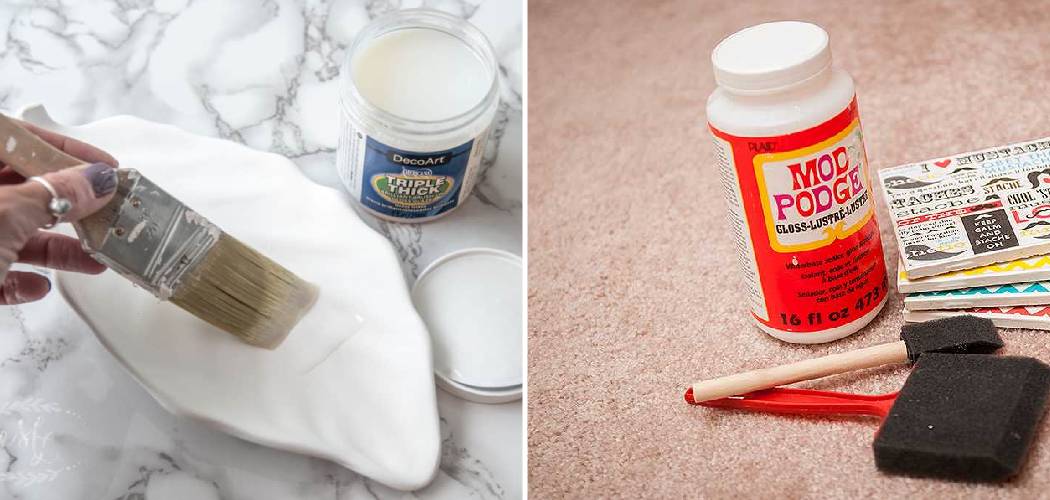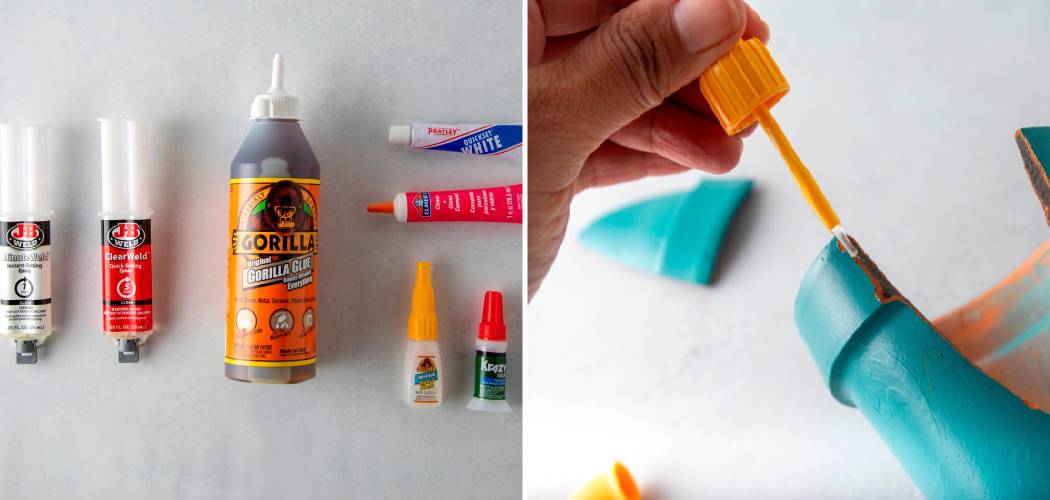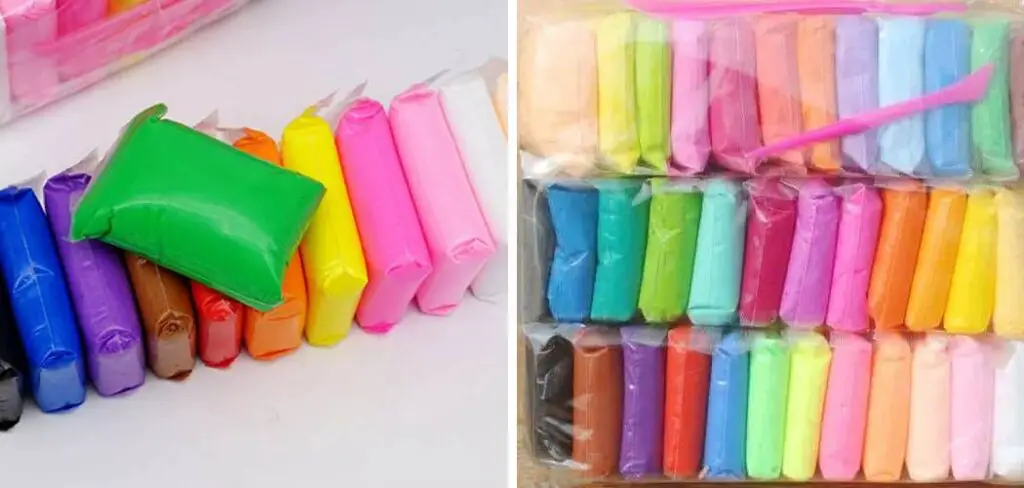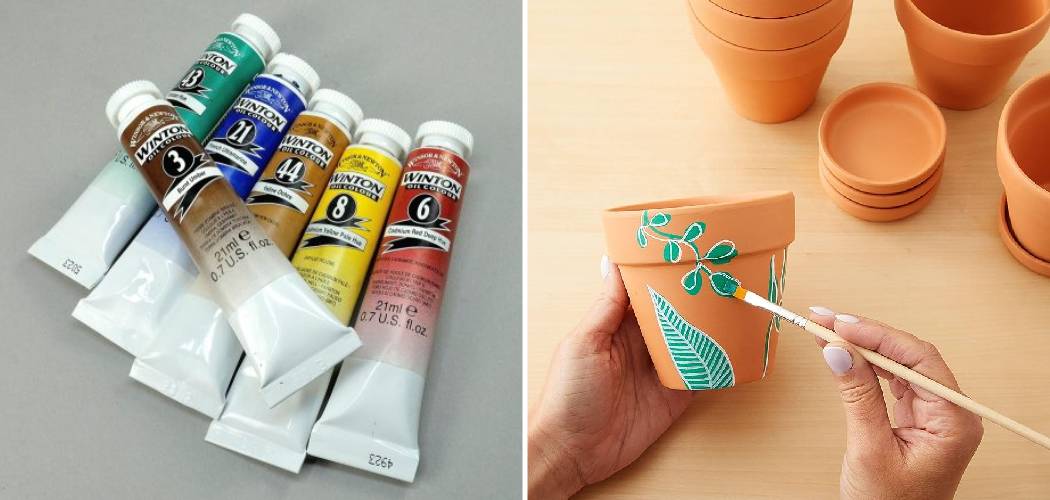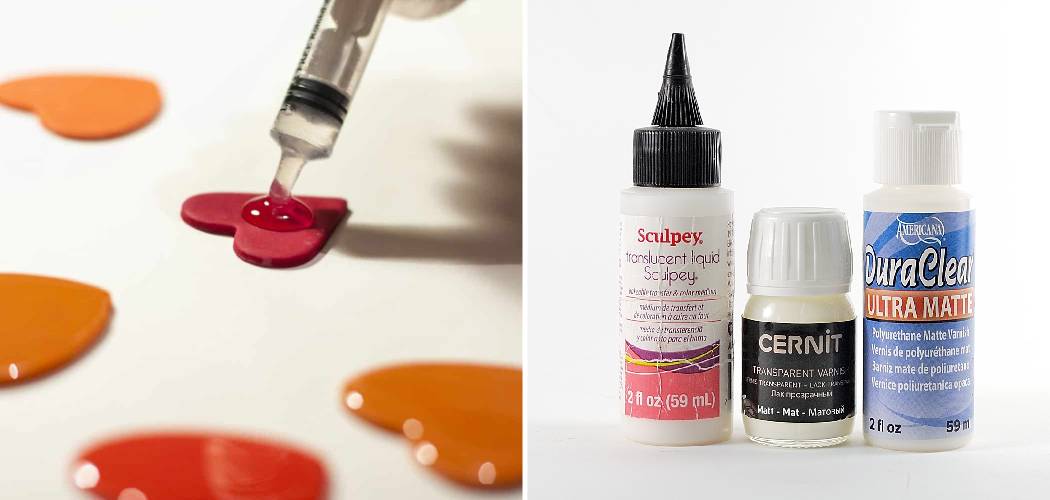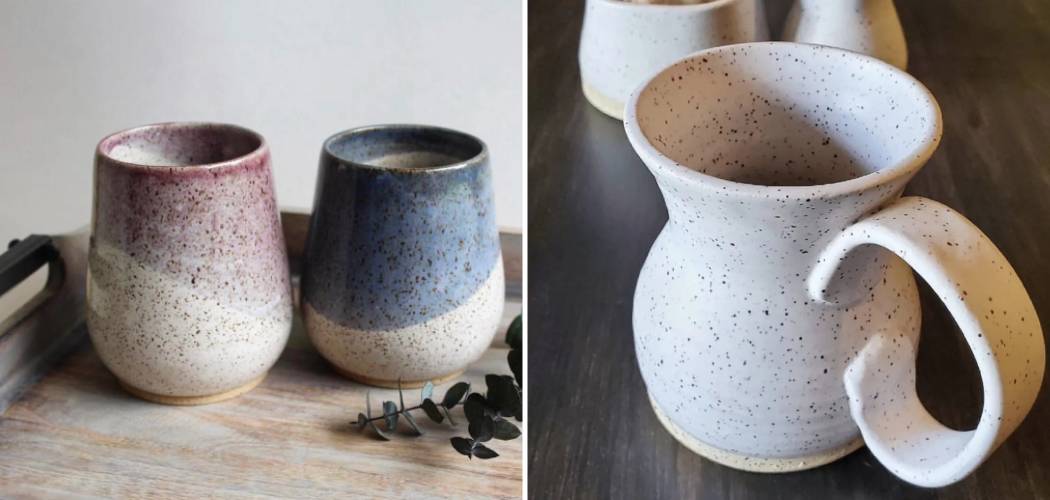Are you an avid crafter who loves working with polymer clay? If so, then you know that one of the most frustrating parts of crafting with this popular material is waiting for it to soften. But don’t worry — there are several tricks and tips out there on how to soften polymer clay quickly and easily!
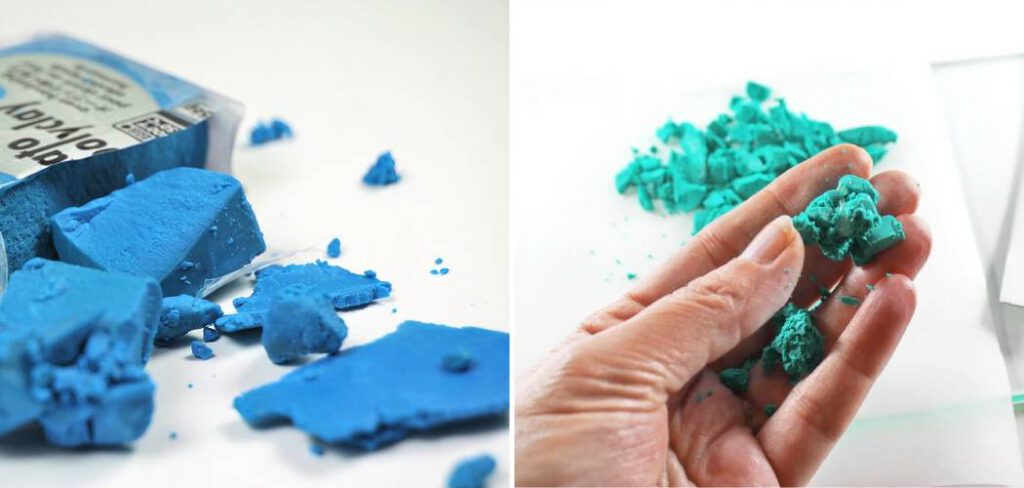
In this post, we’ll explain exactly why you need soft clay and then share some easy-to-follow steps on how to soften polymer clay fast. Keep reading if you want to shave time off your next project by learning how to make sure your clay is fluffy and ready to go whenever you work with it.
Table of Contents
Can You Microwave Polymer Clay to Soften It?
The short answer is yes, you can use a microwave to soften polymer clay. The best way to do this is by wrapping the clay in a damp paper towel and heating it on low for 10-15 seconds at a time. This will help to slowly heat up the clay without melting or burning it. If you need to soften large amounts of clay all at once, using an oven may be more effective than using a microwave as you can better control the temperature.
However, microwaving polymer clay is still an option and should only be done with caution and close supervision in order to avoid any accidents. Additionally, some types of clays are not microwave safe, so always make sure that the type of clay you are using is suitable for microwaving.
When it comes to softening polymer clay, patience is key. It’s always better to take your time and soften the clay slowly rather than trying to rush the process. Additionally, if you are working with intricate designs or pieces that require more precision, pre-softening the clay before starting your project can help make it easier for you to work with. And as a general rule of thumb, never leave the oven unattended when microwaving polymer clay – no matter how small or quick the task may be!
Regardless of what method you use to soften your polymer clay, safety should always come first. Having an understanding of the material you are working with is essential in order to ensure that you don’t end up with damaged or melted clay. With proper care and attention, you can successfully soften your polymer clay without having to worry about any unexpected accidents!
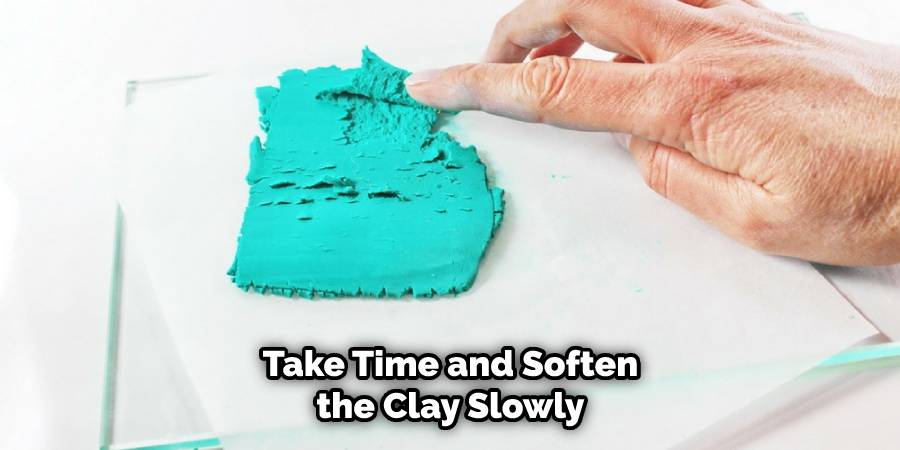
10 Methods How to Soften Polymer Clay Fast
1. Soaking in Warm Water
One of the quickest and easiest ways to soften polymer clay is to soak it in warm water. Simply fill a bowl with warm water and place the clay in it. Let it soak for 10-15 minutes or until it is soft enough to work with.
To make sure the clay is softened all the way through, knead it in your hands a few times. However, make sure you don’t leave the clay in the water for too long, as it could become too soft. Although this method is great for softening small amounts of clay, it’s not recommended for larger pieces.
2. Microwaving
Another way to soften polymer clay is to microwave it. Place the clay on a microwave-safe plate and heat it for 10-15 seconds. Remove the clay from the microwave and knead it until it is soft enough to work with. Be careful to not overheat the clay, as this can cause it to become brittle and difficult to work with.
You should also avoid microwaving the clay for too long, as this can cause the colors to bleed and mix together. It is best to use this method in short bursts of 10-15 seconds at a time so you can control the temperature and avoid overheating.
3. Heating with a Heat Gun
If you have a heat gun, you can use it to soften polymer clay. Simply hold the heat gun about 6 inches away from the clay and move it back and forth until the clay is soft enough to work with. Be careful not to heat it too long, as this can cause the clay to burn.
Additionally, you should always wear gloves when using a heat gun so you don’t get burned. Once your clay is softened, you can sculpt and shape it into whatever design you desire! If at any point the clay becomes too hard during the project, you can follow the same steps with your heat gun to re-soften it.

4. Placing in the Sun
If you are looking for a natural way to soften polymer clay, try placing it in the sun. The heat from the sun will help to soften the clay so that you can easily mold it into your desired shape. It is important that you watch the clay closely and move it around to ensure that all areas receive equal exposure.
Additionally, be aware not to leave it exposed for too long, as this may cause the clay to become overly soft. If you find the clay is still too stiff after being in the sun, try one of the other methods mentioned above.
5. Using a Hairdryer
Similar to using a heat gun, you can use a hair dryer to soften polymer clay. Simply turn the hairdryer onto its highest setting and hold it about 6 inches away from the clay. Move the hairdryer back and forth until the clay is soft enough to work with. Be careful not to heat the clay for too long or it could melt or burn.
If you feel like the clay is getting too hot, take a break and allow the clay to cool down before continuing. Once the clay is soft, you can shape and mold it however you desire. When finished, simply turn off the hairdryer and your clay is ready to use.
6. Baking in the Oven
Baking polymer clay is a great way to soften it quickly. Preheat your oven to 250 degrees Fahrenheit and place the clay on a baking sheet lined with parchment paper. Bake for 10-15 minutes or until the clay is soft enough to work with.
Be sure to check the clay often and be careful not to overbake it, as this can cause burning. After baking, remove the clay from the oven and allow it to cool before use. You may need to re-bake multiple times if the clay does not soften enough on the first attempt.
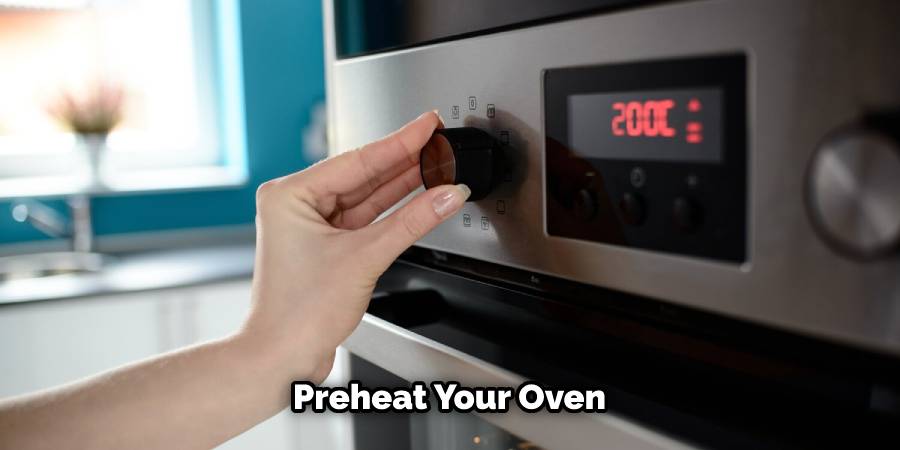
7. Boiling in Water
Boiling water is another effective way to soften polymer clay. Fill a pot with water and place the clay in it. Bring the water to a boil and let the clay cook for 10-15 minutes or until it is soft enough to work with.
Take the clay out of the boiling water and let it cool before working with it. Always make sure to use safety precautions when boiling objects in the water, including protective gloves and eyewear. Avoid using metal utensils to stir or remove the clay from the pot, as this may damage the color of your clay.
8. Ironing with a Clothes Iron
Using a clothes iron is another method to soften polymer clay quickly. Place the clay on an ironing board and cover it with a cloth or piece of parchment paper. Turn the iron on low heat and press it down hard on the clay for 10-15 seconds. The heat from the iron will help to soften the clay so that you can easily mold it into your desired shape.
Make sure to not keep the iron on the clay for too long, or else it may melt. If you find that your clay is still not softened enough, press down the iron again and leave it for a few more seconds. Once you have achieved your desired softness, allow the clay to cool down before handling it.
9. Softening with Oil
Another way to soften polymer clay is to use oil. Simply pour a small amount of vegetable oil onto the clay and knead until it is soft enough to work with. If you find that the oil is not enough to make it soft, try adding some more.
The amount of oil and kneading time will vary depending on the type of clay and how hard it is. Be sure to keep an eye on the clay, as it could become too soft if too much oil or kneading time is used. When finished, you can use soap and water to clean off any excess oil from the clay.
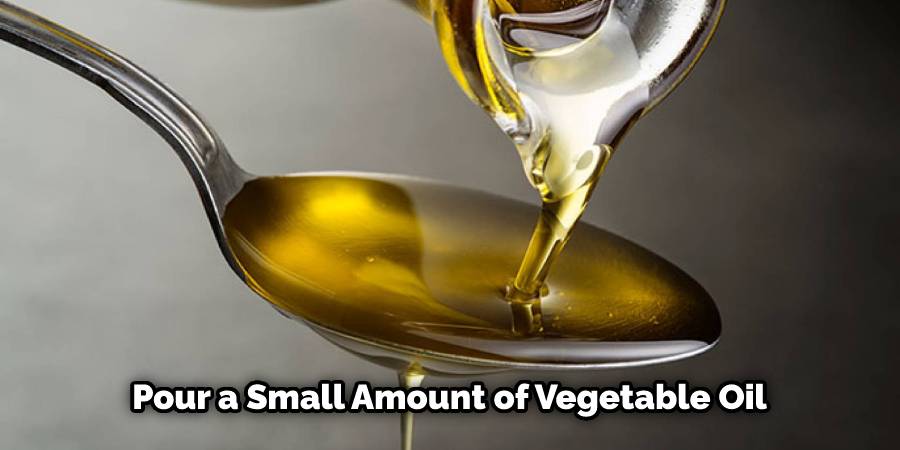
10. Adding Heat Activators
If you are looking for a quick and easy way to soften polymer clay, try using heat activators. Heat activators are chemicals that react with the clay when heated, causing it to become soft and pliable. Simply add a few drops of the activator onto the clay and heat it with a hairdryer or heat gun until it is soft enough to work with.
Conclusion:
Whatever technique you decide to use, be sure you practice proper safety guidelines such as wearing gloves and protective goggles as needed. Remember that how to soften polymer clay fast may take some trial and error and is best executed with patience and care.
Have fun testing out different techniques, create delightful pieces of art that bring smiles to those around you, and don’t forget to share with us in our online community – we love seeing what masterpieces come out of our tutorials! Let’s all continue on this creative journey together!
